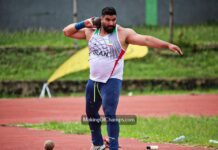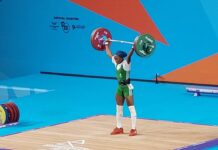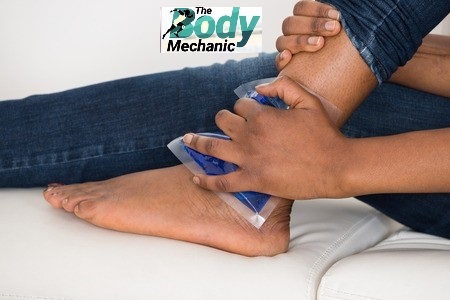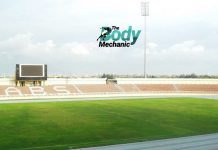Taking part in sporting activities is beneficial on so many levels, it encourages fitness, builds friendships, (on the premises of a common hobby), enhances mood and teaches discipline. Athletes often practice all year round for their sports. This increased participation is a 2 edged sword, in that the same way it helps to refine and perfect skills, it can also be associated with an increased risk of overuse injuries to muscles and joints.
An overuse injury, is caused by repetitive demand on an area over a period of time. It’s very common in sports, due to the fact that athletes carry out movements that require a-lot of repetition for certain muscle groups. It is also pronounced during the rapid growth spurt of the teenage years, when factors such as the growth of the skeleton leaves the muscles and tendons playing catch up.
Nonetheless, overuse injuries can occur in just about anyone who does a lot of repetitive activity on a daily basis, an office worker who types away at their computer all day, a hairdresser, constantly twisting her wrists back and forth to braid a client’s hair. A mechanic repetitively gasping at tools to fix this or that. See? Just about anyone.
There are four common stages of an overuse injury:
- Pain in the affected area after physical activity.
- Pain during physical activity, not restricting performance.
- Pain during physical activity, restricting performance.
- Persistent pain, even at rest.
None of the stages are particularly pleasant but stages 3 to 4 are undeniably the worst scenario to be in as an athlete. As we run headlong into the competitive athletic season, I have begun to notice a trend in the presence of some of the common overuse injuries that affect track and field athletes. These injuries, can strike a cord of fear in the heart of any athlete as their presence can result in frustration and the loss of enjoyment in their favoured sport. Luckily, there are some fixable causes that once noted, can help to relieve symptoms and return an individual back to function.
So we’ve mentioned that repetition, below are 4 other everyday factors to look out for that could increase the risk of developing an overuse injury.
1. Flat feet/high arches
Flat feet refers to dropped arches under the soles of our feet and high arches refer to an over pronounced arch instead. Both conditions encourage poor cushioning of our joints, which then lead to increased stress in them during activity. Over the counter insoles can be really useful in helping to manage this as they help to restore the foot to a neutral position, with this in place, a better mechanism is maintained the insoles, which can result in less pain during motion.
2. Worn out shoes
Walking or running with old or worn out shoes invites potential injuries, any one of which could affect an athletes’ performance . Each time our feet hits the ground while running, it generates a massive force many times that of our body weight. When shoes are worn out, they are less able to absorb and spread out the impact of the force, setting up a chain reaction of force vibrating and causing injury around our feet, ankles, knees, back and just about everything else. So if you ever needed an excuse to get yourself a new pair of pumps, you’ve got a good one now!
3. Muscle imbalances
Lack of flexibility in our muscles can cause changes that alter our posture and weakened muscles can result in our bodies trying to adapt by recruiting other muscles to compensate. Adaptation is a necessary means of survival in the short term, however, over a lengthy period of time it can quickly lead to maladaptive movement errors which then lead to changes that result in the presence of yep you got it, overuse injuries.
4. Poor rest breaks
Athlete or not, poor resting or recovery periods can inevitably increase the risk of developing an overuse injury, even from bad posture in a chair based role at work. Switching between different work activities and postures throughout the day, can help to increase energy and productivity by reducing repetitive stress on one area alone.
Overuse injuries can be a very frustrating injury for anyone but there’s hope! The symptoms can be resolved when the underlying issues are addressed and appropriate changes are made. So why not try looking out for some of the causative factors you may not have noticed in the past and see if using some of the tips above can help to make a difference.

















